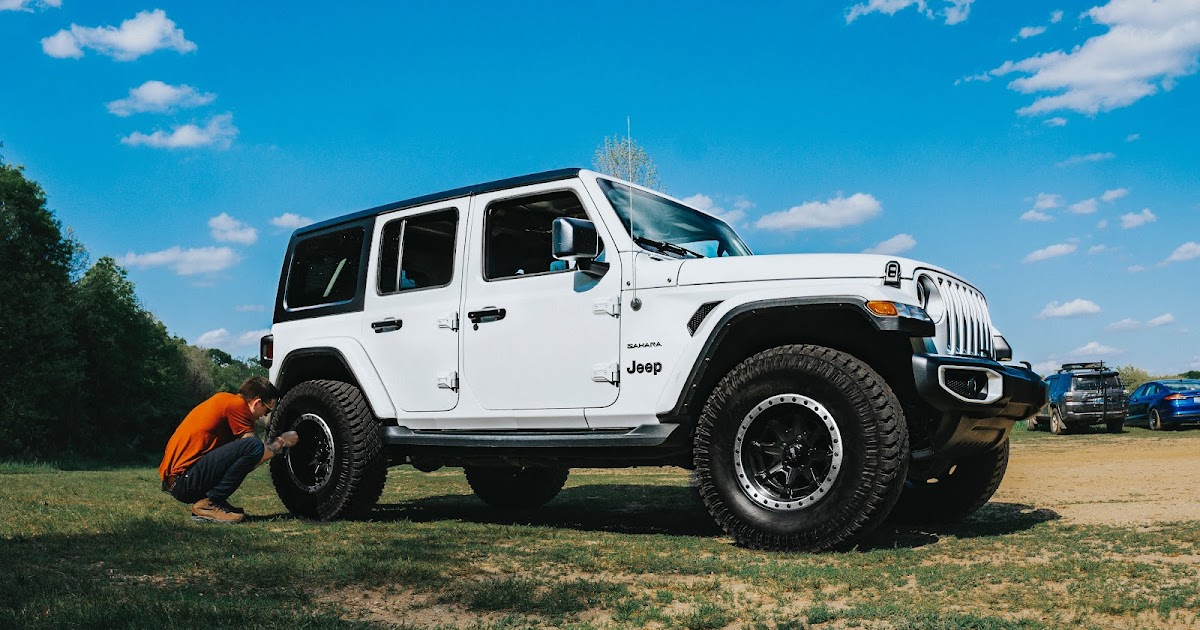When Should I Change to Summer Tires?

The end of winter in New York State is often a long and drawn-out
transition. It’s not unusual for it to be 60 degrees and sunny one day,
followed by a snowstorm the very next day. Because of this, it can be difficult
to know when it’s safe to set your sights on spring and stow away that winter jacket. If
you put snow tires on your vehicle you may also be wondering: When is the right
time to put on summer tires?
If you keep an eye on the extended forecast
and learn about your tires you can give yourself an idea of when you should
change back to your summer tires. Continue reading to learn about summer tires
and in what conditions they begin to function best!
What’s
the Difference Between Summer and Winter Tires?

Summer tires, or performance tires, are tires that are manufactured to provide optimal
traction in both wet and dry conditions above 45 degrees Fahrenheit. The rubber
material in a summer tire is designed to offer maximum contact with the road
when the temperature is warmer and offer a wider tread for ideal traction. However,
when the temperature drops below 45 degrees, the material in a summer tire
begins to harden and offers less contact with the road and thus lessened
traction.

Winter tires, or snow tires, are manufactured
to withstand colder temperatures and maintain contact and traction with the
road despite cold and icy conditions. These tires often
have a more aggressive and deeper tread than other tires and may include the addition of metal studs. By New York State law, tires with
metal studs can only be used between October 16 and April
30.
When
Should I Put on Summer Tires?

When spring progresses and the temperature
ceases to dip below 45 degrees Fahrenheit, you can safely put your summer tires
on and remove your winter tires without the risk of snow, ice, and cold
temperatures presenting hazards to your commute. While you shouldn’t
do this too soon – after all, New York is famous for its spontaneous snowstorms – you also shouldn’t wait too long,
or you’ll run the risk of your snow tires wearing down.
Snow tires can wear faster in warmer
temperatures than they do in colder temperatures and can also handle less
effectively on dry and hot roads. Because they’re designed to operate at their
peak in cold weather, some of their features can compromise their function when
it’s warmer. Your summer tires are made to maintain the most road contact in
warmer weather and will give your vehicle the best performance once spring has
sprung.
The
Pros and Cons of All-Season Tires
In addition to summer and winter tires,
all-season and all-weather tires are popular on passenger vehicles. The pros of
all-weather and all-season tires are that you don’t have to go through the
trouble of changing between summer and winter tires as the weather changes.
These tires are designed to be durable and offer adequate traction regardless
of the temperature and conditions.
The cons of these tires are that, because they
can be utilized across drastically different temperatures, they may not offer
the best performance in extreme weather. Snow tires are specifically designed
to excel in the snow and cold, and while all-season and all-weather tires can
also perform in these conditions, it won’t be to the extent to that of the snow
tires.
In
Summary
Winter tires offer the best performance for your vehicle in the snow
and cold, but once you can safely say temperatures will remain above 45 degrees
Fahrenheit, you should switch to your summer tires to increase your tires’
lifespan and optimize your vehicle’s performance.
As a reminder, the National
Highway Traffic Safety Administration recommends tires be replaced
every six years regardless of how many miles have been driven. Regularly
checking, changing, and rotating your tires is an important responsibility for
any motorist. Click below to learn about routine vehicle maintenance tips every
driver should know!




